Joy Harjo on how artists have vision

Transcript
[The words “Art is” appear, followed by scrolling words…Empathy, Perspective, Hope, Change, Beauty…it stops at Vision. Art Is Vision.]
Joy Harjo, poet and musician: I started writing poetry because I looked around and I saw that we weren’t hearing women’s voices.
[Joy, in a red, long-sleeve shirt with white trim and crystal embellishments and blue jeans, stands behind a wooden table on a small stage. Accompanied by a guitarist, Joy plays saxophone, then smacks the table with a tattoo-covered hand and recites a line.]
“This is what I think about your music,” he shouted.
Joy: The first poetry I did came directly out of that call for justice.
[Joy continues to perform.]
“She always joked she was raised by wolves, so howling came natural. She fit tight into black leather pants and jacket. She was no Pocahontas.”
Joy: I feel as an artist that I have a responsibility towards growing vision, compassion. One artist in a community can make quite a bit of change. Artists can give voice or vision to a community.
[The words “Art is” appear, followed by scrolling words…Vision, Expression, Change, Creativity, Hope…it stops at Justice. Hashtag Art Is Justice. Agree? Share this video.]
[Ford Foundation logo: a globe made up of a series of small, varied circles.]
Accessibility Statement
- All videos produced by the Ford Foundation since 2020 include captions and downloadable transcripts. For videos where visuals require additional understanding, we offer audio-described versions.
- We are continuing to make videos produced prior to 2020 accessible.
- Videos from third-party sources (those not produced by the Ford Foundation) may not have captions, accessible transcripts, or audio descriptions.
- To improve accessibility beyond our site, we’ve created a free video accessibility WordPress plug-in.
Joy Harjo has published eight books of poetry. Her most recent collection, Conflict Resolution for Holy Beings, was short-listed for the Griffin International Prize and named the American Library Association’s Notable Book of the Year. Her writing awards include the Ruth Lilly Prize from the Poetry Foundation for lifetime achievement; the Wallace Stevens Award from the Academy of American Poets, also for lifetime achievement; a Guggenheim Fellowship; the New Mexico Governor’s Award for Excellence in the Arts; the Rasmuson United States Artist Fellowship; and the William Carlos Williams Award from the Poetry Society of America. Her memoir Crazy Brave won several awards, including the PEN Center USA Literary Award for Creative Nonfiction and the American Book Award. She has published two award-winning children’s books, The Good Luck Cat and For a Girl Becoming.
Performing on saxophone and flute, Harjo has toured nationally and internationally, both solo and with her bands: Joy Harjo and Poetic Justice, and the Arrow Dynamics Band. She has collaborated with many dancers, including Bharatanatyam dancer Anita Ratnam and modern dancer Molissa Fenley. She has also toured a one-woman show with music, Wings of Night Sky, Wings of Morning Light, which will be published by Wesleyan University in 2018. She has recorded five CDs of music and poetry, including the most recent award-winning Red Dreams, A Trail Beyond Tears. The Native American Music Awards named her Best Female Artist in 2009. She was recently commissioned by the Public Theater of New York to write We Were There When Jazz Was Invented, a musical play that will restore southeastern natives to the American story of blues and jazz. Harjo is also working on a new CD, An American Sunrise, which will follow a songline that links her Mvskoke tribal music with blues and jazz.
She has begun research and writing on an historical memoir linking her generation of native rights activists and workers with the seventh generation, a generation that includes her grandfather Monahwee (or, Menawa), who with the Red Stick Warriors fought Andrew Jackson against the unlawful move to Indian Territory, and her great-uncle Osceola, the Seminole warrior. She is a co-founder with tribal members Kenneth Johnson and Sandy Wilson of the Mvskoke Arts Association, an organization to support and encourage Mvskoke arts and culture. She holds the John C. Hodges Chair of Excellence at the University of Tennessee in Knoxville.
Other videos in this series

Michelle Dorrance on how tap represents social change
Art can represent social change, and tap dancer Michelle Dorrance believes the history of American culture can be seen in the history of tap—early tap dancers were catalysts for social change. By referencing the past and showing a vision for the future, dance can change the world.
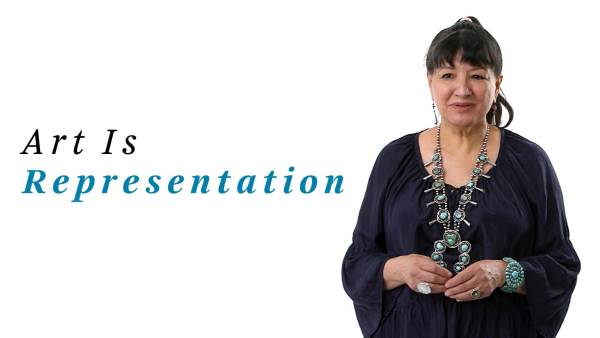
Sandra Cisneros on how art changes lives
Art can change lives for the better. Author Sandra Cisneros writes books that allow young people to see themselves represented on the page. As she says, when people see themselves represented in a way that is empowering, they feel more able to make a difference in the world.
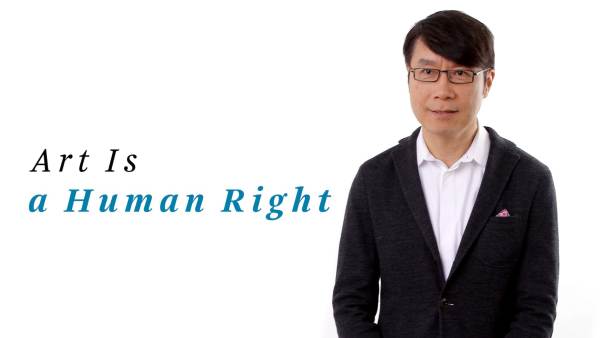
Samuel Hoi on art and human rights
Art is a way to shift reality and make an impact beyond the cultural field. Samuel Hoi cites Good Chance Theater staging shows at a refugee camp in northern France as an example of how art can uplift human rights.
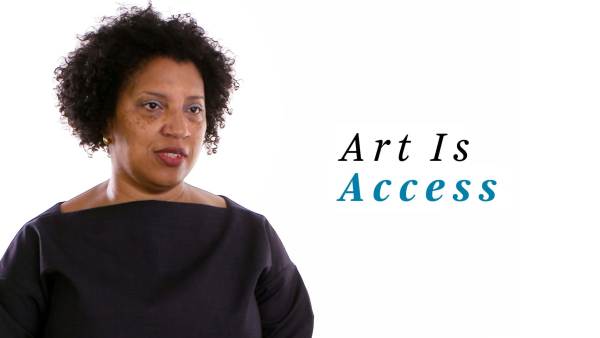
Robin Coste Lewis on how art creates access
Art can be a tool of resistance and beauty. Poet Robin Coste Lewis details how poetry helped her see her body as an aesthetic and political tool, and how art can allow marginalized communities to be seen and included.
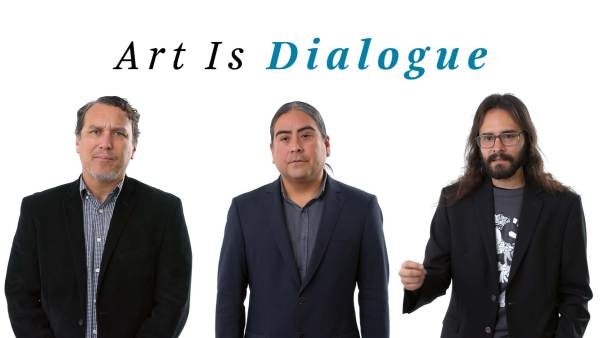
Postcommodity on using art to dialogue
Art can be used to create dialogue between people and break “us-versus-them” mentalities. The collective Postcommodity discusses how it uses art to uplift communities and ensure they have agency to communicate their own needs and desires.
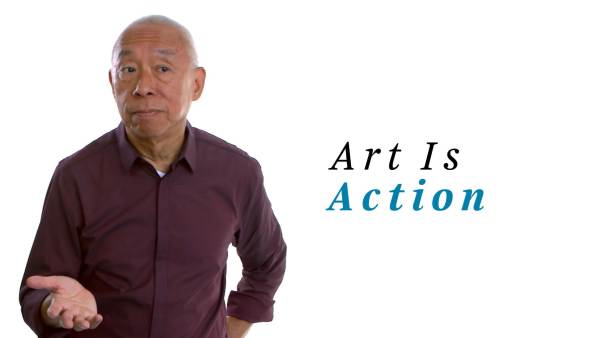
Ping Chong on using art to empower and heal
Art allows us to re-anchor into our humanity. In his work, artist Ping Chong creates spaces for ordinary citizens to speak their own truth on stage. In this way, he heals and affirms people, and helps create a society that’s more just and more humane.
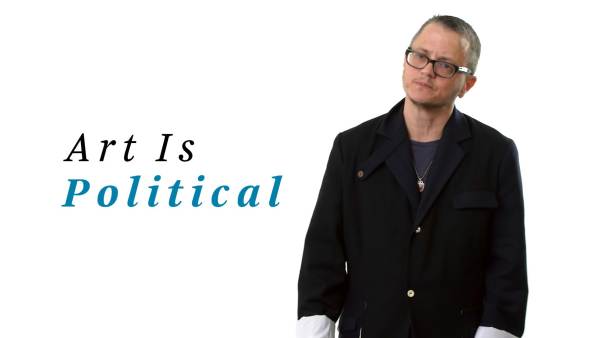
P Carl on the power of curation
Art has to be connected to the politics of our world, because it can bring us together in ways politics can’t. Theater director P Carl believes theater should be curated with the idea that everyone belongs, and in this way, it can help connect people to the issues that really matter.
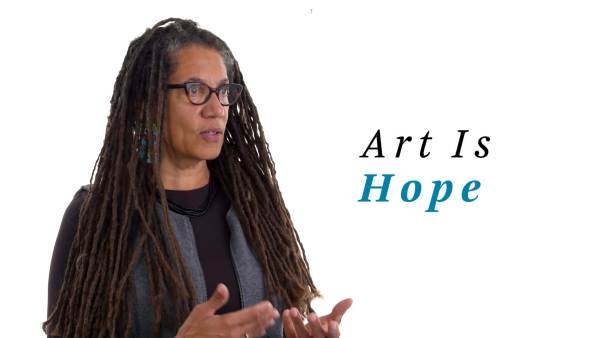
Nikky Finney on using art for change
Art can connect us across time. Poet Nikky Finney draws on stories from the past to challenge artists to continue their efforts for social change. She believes artists should heed lessons from the past and bring them into the future.

Mira Nair on cultural representation
Art gives us the ability to see other cultures and to look at the world anew. Director Mira Nair uses film to tell stories of marginalized communities that are not often represented on screen. She believes art can help people see their place in the world.
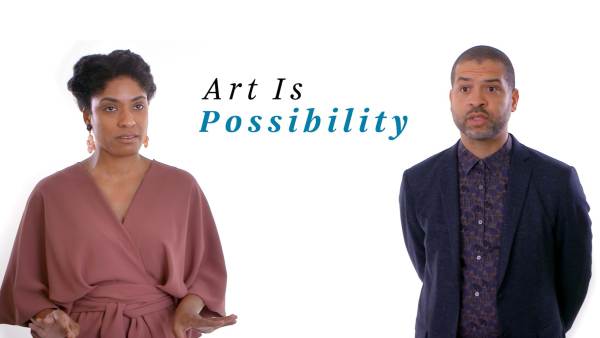
Alicia Hall Moran and Jason Moran on how art is possibility
Art has the power to make a big impact in our world. Musicians and educators Alicia Hall Moran and Jason Moran believe art has the potential to connect people and challenge inequalities. Through art, we can bridge the gap between past and present, and learn more about each other.
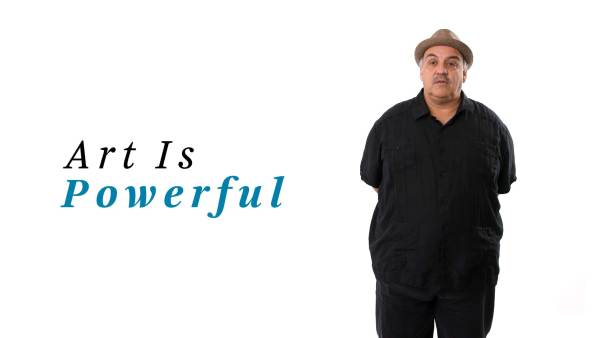
Luis Alfaro on the power of art and imagination
Art is powerful. Playwright Luis Alfaro shares how he uses art to stimulate the imaginations of those who might not be able to see a better life for themselves. He writes plays with narratives that allow people to envision themselves as free in the world.
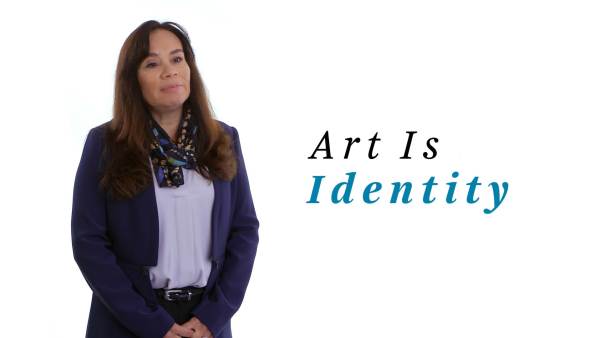
Lori Pourier on the link between art and identity
Art allows us to reveal our identities. President of First Peoples Fund Lori Pourier sees artists as changemakers in society who can help restore history and educate us about our past. In this way, artists can restore both public history and personal identity.
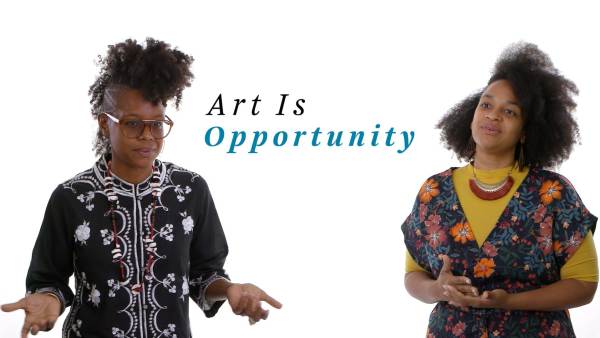
Las Nietas de Nonó on creating opportunities with art
Art gives us the opportunity to create change in communities. The art duo Las Nietas de Nonó use art to share voices of underserved communities in Puerto Rico. They believe in creating theater in alternative spaces, where people’s voices can be heard and a genuine exchange of voices takes place.
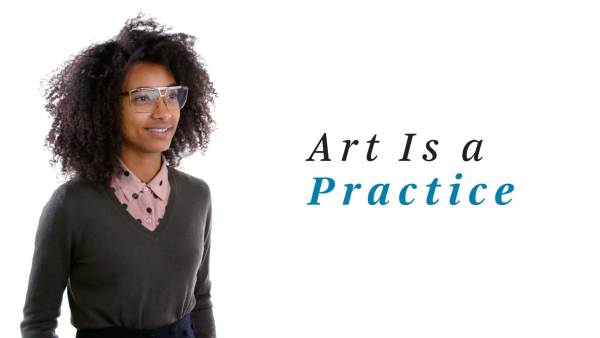
Esperanza Spalding on art as a practice
Art can help heal people. Grammy-winning musician Esperanza Spalding believes artists, through practicing their craft, can experiment and reposition their work to find the best ways to help and encourage people to transform negative situations for the better.
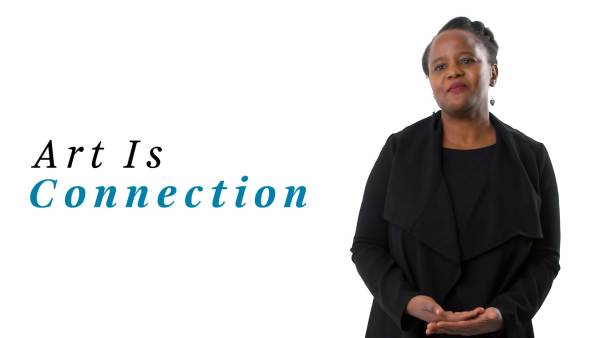
Edwidge Danticat on how literature connects us
Art can transport us to different places and connect us to each other. Novelist Edwidge Danticat uses her writing to share stories that dispel stereotypes and help foster greater understanding. She believes that breaking bias is done through sharing stories.
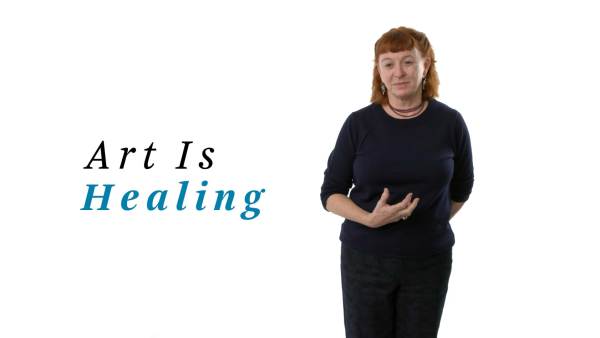
Deborah Luster on how art heals
Art encourages healing by connecting stories between people. Deborah Luster knows firsthand how art can help others heal. She channeled the pain she felt after her own loss to help bring about healing in a prison community.
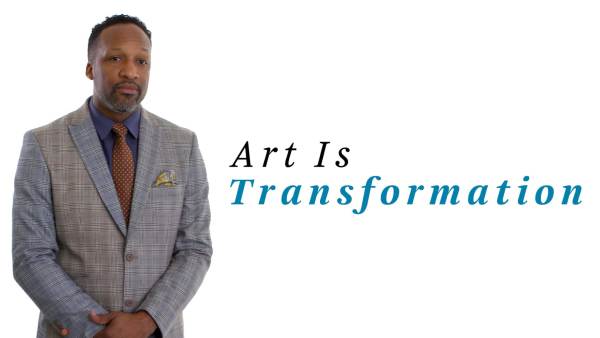
Carlton Turner on how art transforms culture
Artists are cultural strategists working to eliminate oppression and dismantle inequality, says performance artist Carlton Turner. He explains how artists take community work and engage in social transformation by giving voice to those who’ve been disenfranchised. Communities can shift because of the work artists are doing.